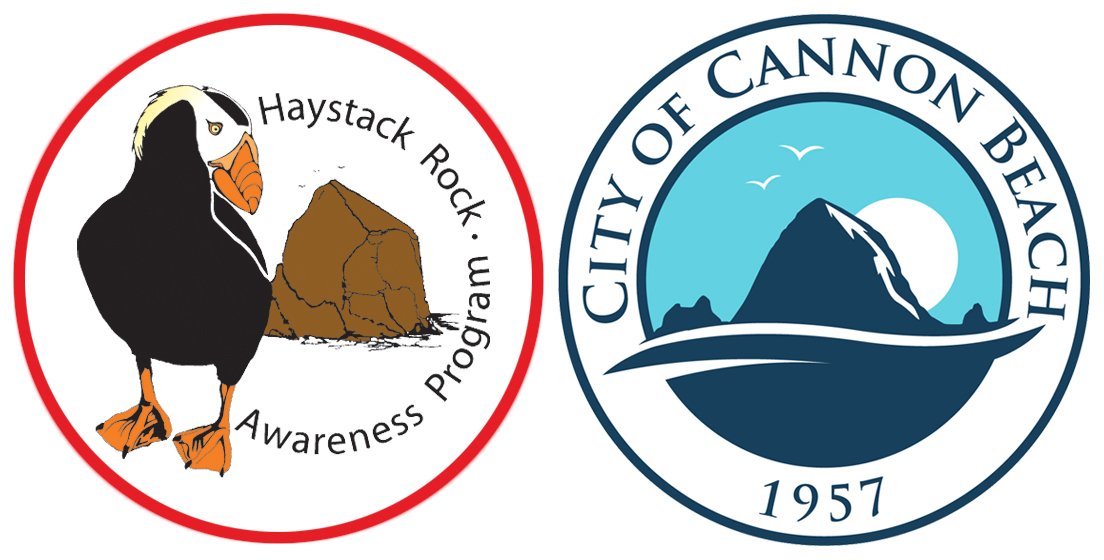Bull Kelp (Nereocystis luetkeana)
Bull kelp stipe, float, and blades (photo credit: Molly Sultany)
Bull kelp float cut open with blades still attached (photo credit: Lauren Rice)
Description: Bull kelp often grows very close together and forms dense kelp forests underwater. To reach the light near the surface of the ocean, bull kelp makes use of its float - a sort of spherical bulb - located near the tip that helps it stay upright. This float is what makes bull kelp easily identifiable, along with its long stalk (called a stipe), and the many blades that grow from the top of the float. Bull kelps use their strong holdfast to anchor them to the ocean floor. From the holdfast to the float, the bull kelp can measure up to 36 m tall! The blades coming off the float can then add another 4.5 m, altogether making bull kelp one of the largest kelp species in the world.
Habitat: Its geographic distribution ranges from the Aleutian Islands, Alaska to California and is a common species of algae along the Pacific Coast of the United States.
Tide Pool Tidbits:
Similar to many other species of algae, bull kelp is harvested by humans mainly to eat - fresh, dried, or pickled. It has also been used as fertilizer or to make dolls or musical instruments.
Bull kelp is a very important part of marine ecosystems since kelp forests provide food and shelter for many marine species.
Bull kelp has a very close relationship with sea otters and sea urchins. When sea otters are not present in ecosystems, urchins feed endlessly on bull kelp and decimate kelp forests, turning them into “urchin barrens.” Not only is this bad for the kelp, but urchins are also left to starve when no food remains. This harms many other species outside of this relationship, especially those that rely on kelp forest habitats for food and shelter.
References: The New Beachcomber’s Guide to the Pacific Northwest by J Duane Sept, Elakha Alliance



